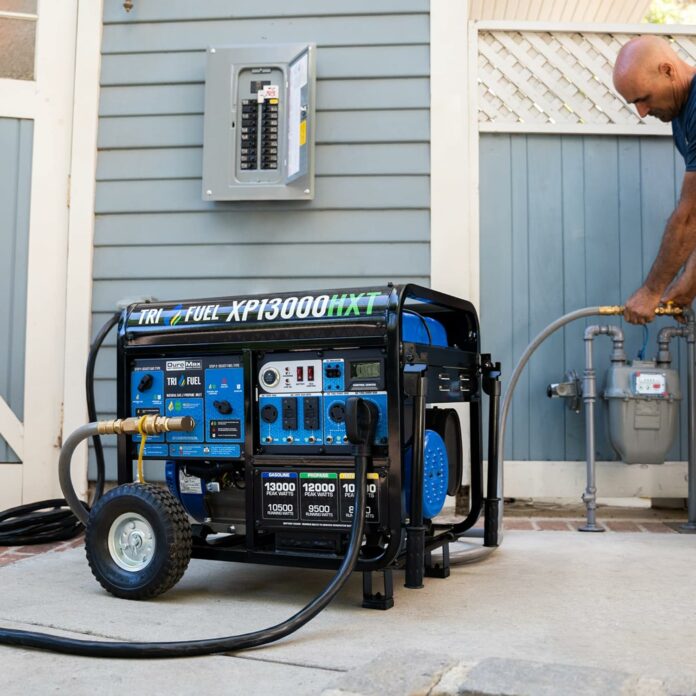Introduction
In an era where power outages are increasingly common, generators have become essential for ensuring uninterrupted electricity supply. However, the safety aspects of using a generator are often overlooked. This comprehensive guide, “Generator Safety 101,” is dedicated to educating you on how to use your generator safely, protecting you, your family, and your property. From proper installation to regular maintenance, we cover all crucial safety measures for both portable and standby generators.
 |
|
 |
Understanding Generator Types and Basic Safety
Types of Generators
Begin by outlining the different types of generators – portable, inverter, and standby – and their respective uses. Explain how the safety requirements can vary based on the type.
Basic Safety Precautions
Introduce the fundamental safety precautions applicable to all types of generators, such as reading the manual, operating in well-ventilated areas, and never refueling a hot or running generator.
Installation and Placement
Proper Installation
Discuss the importance of professional installation, especially for standby generators, and touch upon the basics of safe generator installation.
Safe Placement and Ventilation
Emphasize the critical aspect of placing a generator in a well-ventilated area, away from windows, doors, and vents to prevent carbon monoxide poisoning.
Fuel Handling and Storage
Safe Refueling Practices
Detail the safe practices for refueling a generator, highlighting the risks associated with handling gasoline or other fuels.
Fuel Storage
Provide guidelines on how to safely store fuel, stressing the importance of using appropriate containers and storing them in a safe location.
Electrical Safety
Connecting Devices Safely
Guide readers on how to safely connect devices to a generator, including the use of heavy-duty, outdoor-rated cords.
Avoiding Overload
Discuss the dangers of overloading a generator and how to prevent it, emphasizing the importance of understanding wattage requirements.
Maintenance and Regular Checks
Routine Maintenance
Outline the routine maintenance tasks necessary for keeping a generator in safe working condition, such as checking oil and filters.
Regular Safety Checks
Advise on regular safety checks, including inspecting for leaks, wear and tear, and ensuring all safety features are functional.
Special Considerations for Portable Generators
Portable Generator Specifics
Delve into safety considerations unique to portable generators, such as grounding, weather protection, and mobility concerns.
Safe Use in Outdoor Settings
Offer advice on safely using portable generators in outdoor settings like camping, tailgating, and work sites.
Understanding and Preventing Carbon Monoxide Risks
Carbon Monoxide Awareness
Highlight the dangers of carbon monoxide (CO) poisoning, signs of CO exposure, and the importance of having CO detectors in homes.
Conclusion
Conclude by reinforcing the critical nature of generator safety. Encourage readers to always prioritize safety when using any type of generator and remind them that responsible use ensures not just their well-being but also the longevity of their equipment.
SEO Keywords: Generator Safety, Safe Generator Use, Portable Generator Safety, Standby Generator Safety, Generator Installation, Generator Ventilation, Fuel Handling, Generator Electrical Safety, Generator Maintenance, Carbon Monoxide Poisoning from Generators, Preventing Generator Overload, Generator Refueling Safety, Outdoor Generator Use, Emergency Power Safety, Generator Safety Checks, Generator Safety Guidelines, Home Generator Safety, Generator Fuel Storage, Generator Operation Safety, CO Detector for Generators


